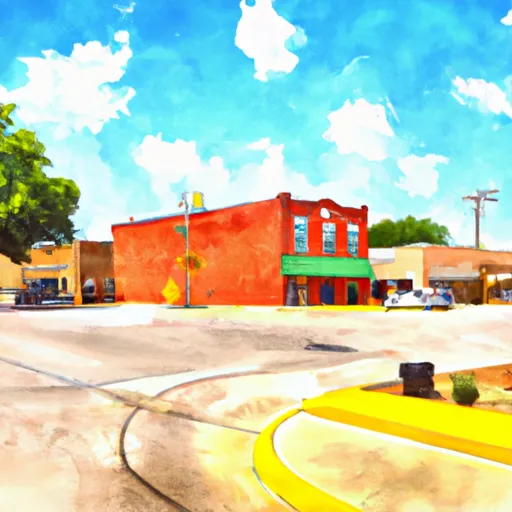°F
°F
mph
Windspeed
%
Humidity











Barnum, Texas is a small town located in Polk County with a humid subtropical climate. The town experiences hot summers and mild winters with occasional rainfall throughout the year. The hydrology constituents of Barnum are mainly composed of streams and creeks that flow into the nearby Lake Livingston. Outdoor recreation opportunities in the area include fishing, boating, and hiking at Lake Livingston State Park. The park offers camping sites, picnic areas, and several trails for visitors to explore the natural beauty of the area. Additionally, the Big Thicket National Preserve is located only a short drive away and offers opportunities for wildlife observation, hiking, and kayaking.
Weather Forecast
Barnum receives approximately 1415mm of rain per year, with humidity levels near 80% and air temperatures averaging around 19°C. Barnum has a plant hardyness factor of 8, meaning plants and agriculture in this region tend to thrive here all year round.
Regional Streamflow Levels
121
Cubic Feet Per Second
267
Cubic Feet Per Second
7,250
Cubic Feet Per Second
855
Cubic Feet Per Second
Nearby Camping
| Camping Area | Reservations | Toilets | Showers |
|---|---|---|---|
| Fort Anahuac County Park | |||
| Alabama - Coushatta Lake Tombigbee | |||
| Job Beason County Park | |||
| White Memorial County Park | |||
| Double Bayou County Park | |||
| Dellanera City RV Park |



